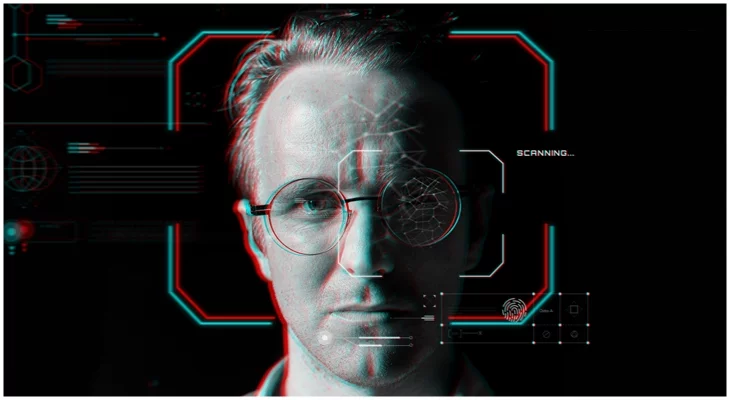Nowadays, the communication process around the globe has become advanced with the rapid adoption of digitalization. Unlike earlier days when the circulation of news required hours and days, in the contemporary world, information just needs seconds to reach people beyond boundaries with faster networks and engaging collaboration platforms.
Under such circumstances, the impact of deepfakes or synthetic media can be unimaginable on people and society at large. Data states that over 25% of the videos people watch on social media and the web are fake and created with deepfake technology.
There are various types of synthetic media, such as photos, videos, and voice. Remarkably, more than 70% of the global public fails to identify such content, resulting in people losing trust in technology. Let us discuss how deepfakes in media can impact the reliability and credibility elements of our society.
Rise of Deepfakes:
Deepfakes are doubtlessly an outcome of technological advancement. Artificial intelligence (AI) and Machine learning (ML) are two tech specimens reflecting digitalization's power. Moreover, these two mechanisms are core aspects of deepfake that allow imitating or mimicking photos, videos, and voices by identifying specific attributes.
While tracing the history of deepfakes, experts found that the 1990s saw the initial occasion of synthetic media creation with the help of artificial intelligence. However, back then, AI practices were not that strong; hence, deepfakes were easily recognizable. The enhanced usage of social media has played a significant role in the growth of deepfakes. The medium made it easier to circulate such content that could reach and influence a larger audience. Hence, deepfakes in media have a greater impact.
As social media consumption increased with time, the creation and distribution of synthetic media also enhanced. Initially, deepfake creation required expertise in multiple technical aspects. But now, generating media with fake elements is easier than ever; even kids can create them. Additionally, with the power of AI and ML, individuals can create high-quality fake media files, which require appropriate understanding to be identified.
Impact of Deepfakes in Media and Society:
The motive of deepfake invention was merely entertainment; however, the technology has emerged as a great cybersecurity and ethical threat to society. Synthetic media can harm celebrities, poli
tical leaders, and the general public. It can significantly influence individuals with misleading content, defamation, identity theft, decreased trust, and others.
One of the predominant practices of deepfakes is to generate mature and abusive content that can harm someone’s reputation. Apart from that, changing facial expressions, swapping faces, changing voice, etc., are common implementations of deepfake technology. The current scenario of synthetic media is nothing less than devastating. Several AI-powered tools are available online that can easily and quickly create deepfakes. All people need to do is to put the original data and initiate the process.
The enhanced circulation of deepfake images, videos, and voice notes has damaged people’s trust and credibility in technology. In this regard, the trust factor is a two-headed risk that can arise due to the distribution of synthetic media. Deepfakes in media platforms misguide people and provoke them against the victim. As a result, viewers start to distrust people on whom synthetic media is created.
Moreover, when people learn about the distribution of manipulative content on social media and other platforms, they lose trust in that platform and consider it untrustworthy. In a way, people lose trust in technology, which can result in decreased technological implications.
Concluding Remarks:
Observing its primary intention and contemporary practice, we can state that deepfakes are nothing but a double-edged sword that will threaten society more in the coming years. With advanced technologies, synthetic media will become more powerful and can cause remarkable damage to people and their organizations. Hence, staying alert for deepfakes in media and the internet is important to prevent their negative impacts. Check out our blog section to learn about the latest tech trends.
Also Read:






